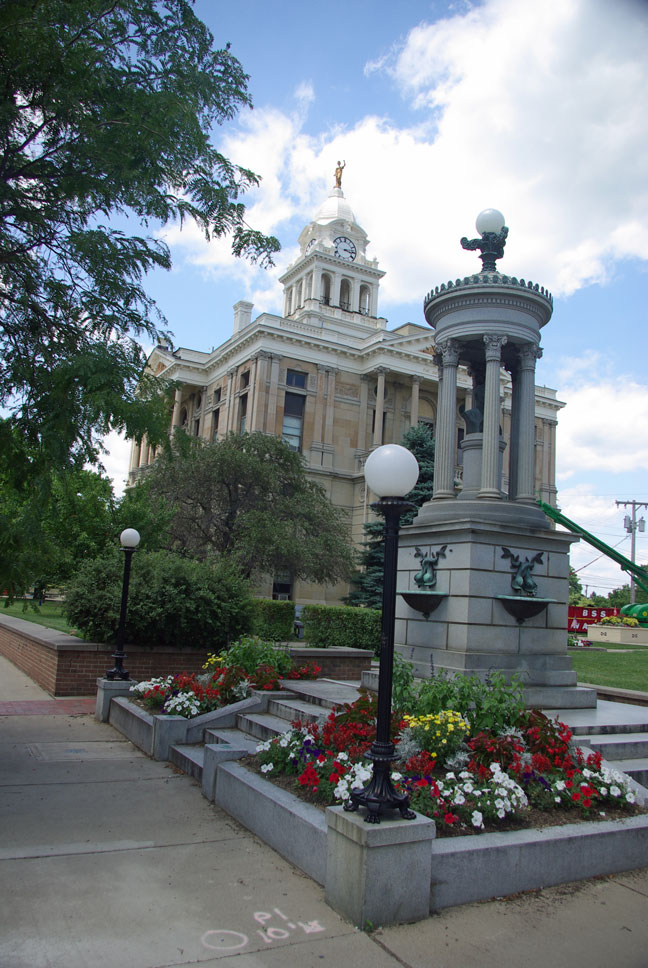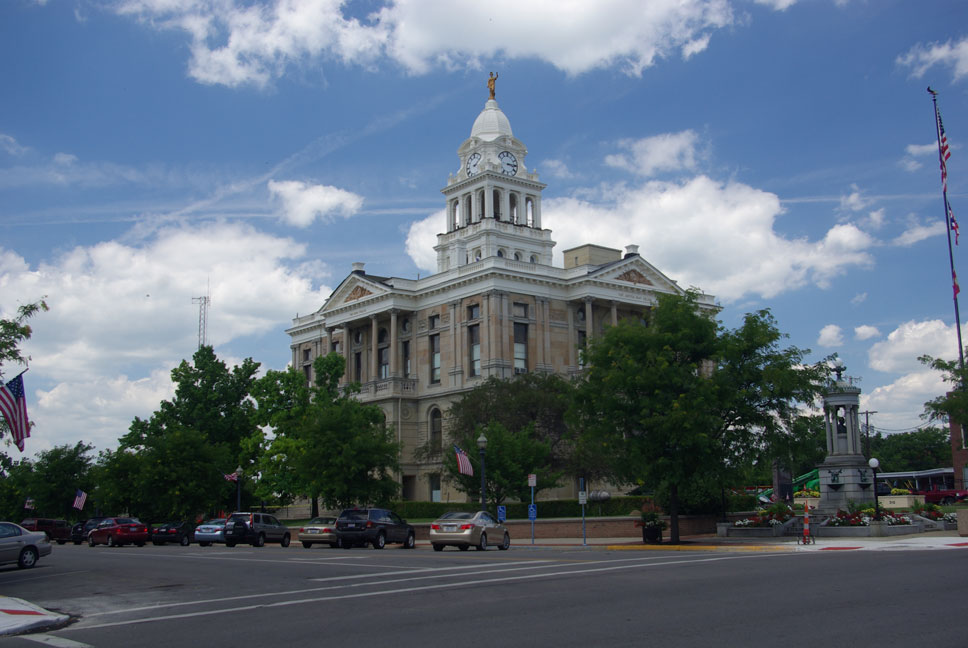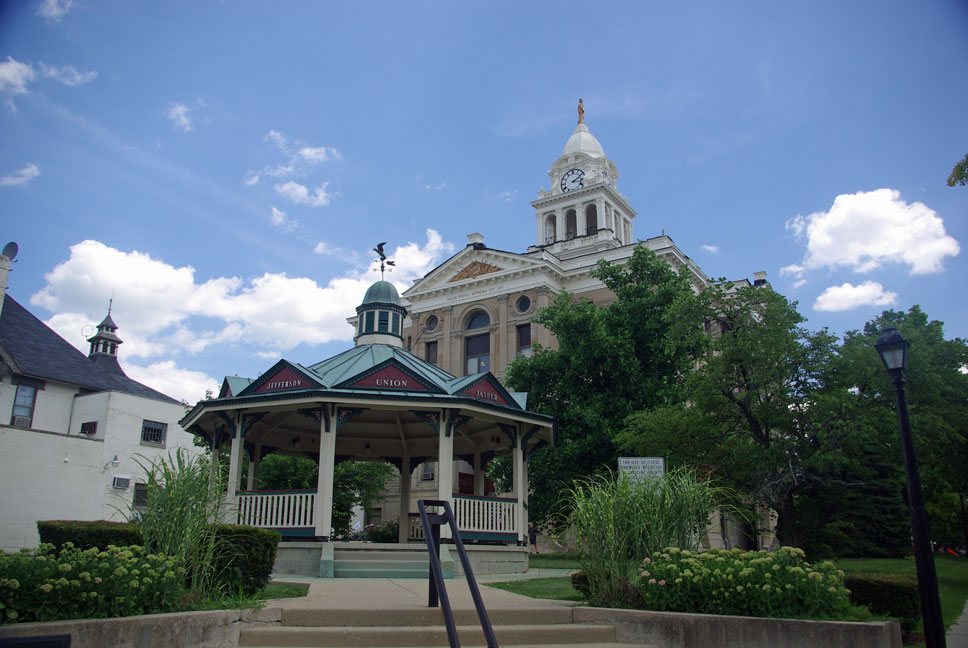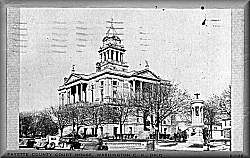HISTORY
OF
FAYETTE COUNTY,
TOGETHER WITH
HISTORIC NOTES ON THE NORTHWEST,
AND
THE STATE OF OHIO.
GLEANED FROM EARLY AUTHORS, OLD MAPS AND MANUSCRIPTS,
PRIVATE AND OFFICIAL CORRESPONDENCE, AND ALL OTHER
AUTHENTIC SOURCES.
By R. S. DILLS.
ILLUSTRATED.
1881.
ODELL & MAYER, PUBLISHERS,
DAYTON, OHIO.
![]()
FAYETTE COUNTY COURTHOUSE, WASHINGTON COURT, OHIO
|
|
|



![]()
![]()
SEARCH ENGINE NUMBER ONE
When you reach the page you have been referred to by the search engine, search this page
by going to the top of your browser, click Edit and then click find on this page. Type in the desired search word and click. This will take you to the places on
the page where this word is found. It will take you through all of the places that this word is found on this page.
![]()
![]()
PREFACE.
Of all studies which engage the leisure moments of our minds, that of history is certainly entitled to preeminence in the direction of intellectual recreation and practical utility. To the curious it affords satisfaction, and in the domestic circle it wields a beneficial influence not attainable from any other source. If time were chronicled by events, centuries might pass in a single age.
It has been the aim of the author of this work to compress the records and oral traditions of those events into a reasonable compass, to narrate them in a connected and lucid order, and to furnish a memorial, instructive, interesting, and useful to co-temporaries, and to future generations. To every class of readers a work of this nature commends itself ; to those especially who have witnessed and participated in the rise, progress, and consummation of the incidents and scenes herein reviewed, will it be a souvenir of inestimable value.
In the prosecution of its compilation, he desires to acknowledge his obligations to Mrs. M. V. Unstick, the gifted secretary of the Crusade, for her excellent article on the same. Also, Mi. M. Herbert, for his exhaustive history of the Press and Banks of Fayette.
To Judge Daniel McLean, he feels deeply indebted for invaluable contributions of pioneer history from the abundant store of his memory, and the uniform courtesy and genial welcome, with which his investigations have ever been encouraged. To scores of others also, from whom he has drawn valuable information, he returns thanks.
In arranging the materials which lie scattered through immense masses of public records, old documents, and periodical publications, the author has aspired to correctness of detail, and minute discrimination between valuable historical facts, and highly colored fancies of the imagination.
Few persons have a proper conception of the labor, research, and perplexities attendant upon the resurrection of moldy facts and ethereal traditions, which have so long slept in the matrix of obscurity, and collating the heterogenous mass into a systematic history; therefore, should trifling errors appear, it is to be hoped that they will not be attributed to carelessness; for in many cases there is greatly conflicting testimony bearing upon the same point. But the historian receives no credit if he spend months upon a single date, and is censured if he makes a single error. In so far as possible these errors have been corrected in errata ; (see page 1040).
iv - PREFACE.
Much valuable matter having been contributed too late for its proper place, has been put in addenda, on page 1029.
It must be taken into consideration, also, that this work differs very materially from a book which has taken years of patient labor to produce, whose author has written, rewritten, revised, and corrected, until it comes out in perfect form. In this book, the facts for its composition were gathered by different persons, and the collocation has been necessarily hurried, because of the limited time allowed for its completion. Had years of study been devoted to its composition, the language used would, in many cases, have been greatly improved. We hope, therefore, that the public will take a charitable view of these extenuating circumstances.
R. S. DILLS.
TABLE OF CONTENTS.

